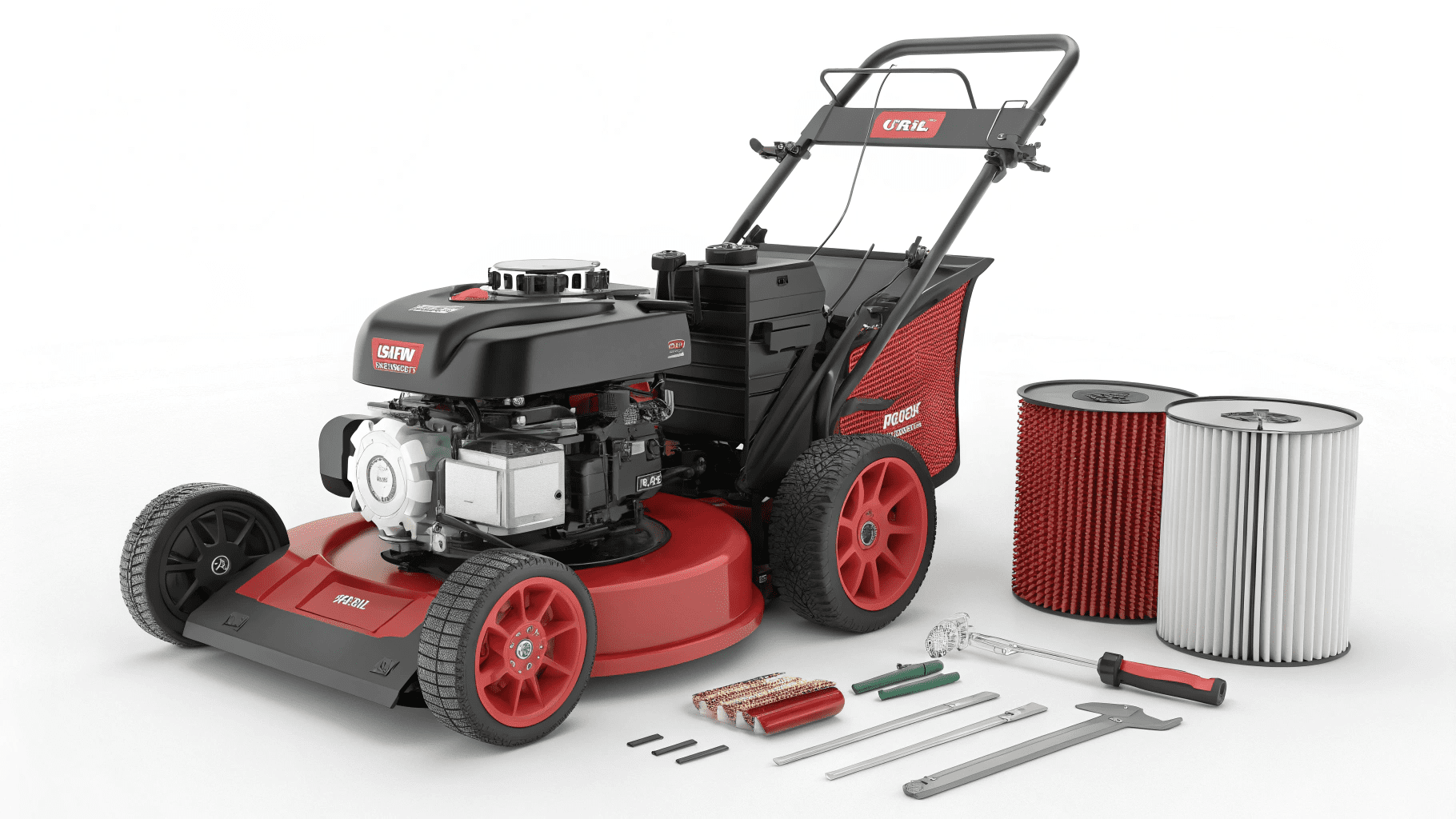In today’s highly competitive market, small businesses need to leverage every tool at their disposal to gain an edge. One such tool is customer segmentation software, which allows companies to divide their customer base into manageable groups for targeted marketing efforts. Understanding the preferences and behaviors of these groups can drastically improve a business’s marketing strategy and customer engagement. In this article, we will explore the best customer segmentation software available to small businesses and how they can use it to drive growth and customer loyalty. Keep reading to discover how these tools can revolutionize your business.
Exploring the Importance of Customer Segmentation for Small Businesses
Alt text: A woman wearing glasses intently examines a computer screen displaying customer segmentation software.
Customer segmentation is more than a trendy term—it’s a game-changer for small businesses aiming to deliver personalized marketing. By grouping customers based on their needs and behaviors, businesses can create tailored messages that boost satisfaction, loyalty, and conversions. This approach also helps small brands punch above their weight, offering targeted experiences that larger companies like Adestra might struggle to personalize at scale.
With insights from tools like Adestra, companies can use the best customer segmentation software to focus on high-value segments and allocate resources wisely. This targeted strategy avoids wasted spending on mass marketing and instead builds stronger, longer-lasting customer relationships, essential for growth in a competitive market.
Key Features to Look for in Customer Segmentation Software
When choosing customer segmentation software, businesses should prioritize user-friendly data management, allowing for easy collection, organization, and visualization of customer information. An intuitive interface helps users make sense of data without advanced technical skills. Robust analytics features are also essential, offering insights into customer behaviors, such as purchase history and engagement levels.
Seamless integration with tools like CRM and email platforms ensures smooth data flow and a unified view of customer interactions. Scalability is key—small businesses need software that can grow with them, accommodating larger datasets and more complex segmentation needs without increasing difficulty or cost.
How Customer Segmentation Software Enhances Marketing Efforts
Customer segmentation software helps businesses tailor messages to specific audience groups, resulting in more effective marketing campaigns with higher engagement. By understanding segment preferences, companies can optimize communication channels—whether email, social media, or traditional mail—to reach audiences more efficiently. These tools also support A/B testing within segments, enabling marketers to fine-tune messaging and offers for better results.
As businesses refine their strategies based on segmented data, they deliver more personalized experiences that not only attract new customers but also boost loyalty. Personalization, driven by segmentation insights, plays a crucial role in enhancing customer lifetime value and maintaining relevance in a competitive market.
Leveraging Data Analytics: The Heart of Customer Segmentation Tools
Alt text: Business professionals collaborating on computers in an office, focusing on data analytics for customer segmentation tools.
Data analytics drives customer segmentation software by uncovering patterns in customer behavior, demographics, and psychographics. This enables businesses to create detailed, multidimensional profiles for more effective targeting. Predictive analytics further enhances segmentation by forecasting customer actions such as churn or purchase likelihood, allowing for proactive engagement.
Advanced tools can also detect micro-segments within larger groups, revealing niche markets with growth potential. For small businesses, these insights can offer a strategic edge. The accuracy of these insights hinges on data quality—reliable segmentation depends on clean, updated data, which top-tier software continuously maintains to ensure precise and actionable outcomes.
Comparing Cost-Effective Customer Segmentation Solutions for Your Business
Small businesses often face budget constraints, making cost an important factor when choosing customer segmentation tools. Fortunately, many affordable solutions exist, some with tiered pricing models that let companies start small and upgrade as their needs grow. It’s crucial to evaluate long-term value, not just upfront costs, as the right software can boost efficiency and sales.
While opting for the cheapest option may be tempting, businesses should prioritize a balance between price and functionality. Essential features should be available without overpaying. Strong customer service from the provider is vital, especially during onboarding, so companies should seek tools that include helpful support and resources.
Overall, the right customer segmentation software, such as those offered by Charfen.co.uk, can revolutionize the way small businesses approach their marketing and customer relationship strategies. By diving into the nuances of your customer base and tailoring your efforts to meet their individual needs, you can foster stronger connections, optimize your marketing spend, and ultimately achieve greater success. As you consider the diverse options available, remember to focus on the key features that will meet your business’s unique demands. And, for a starting point on finding the best customer segmentation software to suit your needs, Charfen.co.uk provides insightful resources and solutions, helping guide your research and due diligence to find the ideal solution.


































![[img]https://lookpic.com/cdn/i2/s/05282024182719-002.jpg[/img] – Everything You Need to Know About! Everything You Need to Know About!](https://www.rownavigators.com/wp-content/uploads/2025/02/Everything-You-Need-to-Know-About.webp)